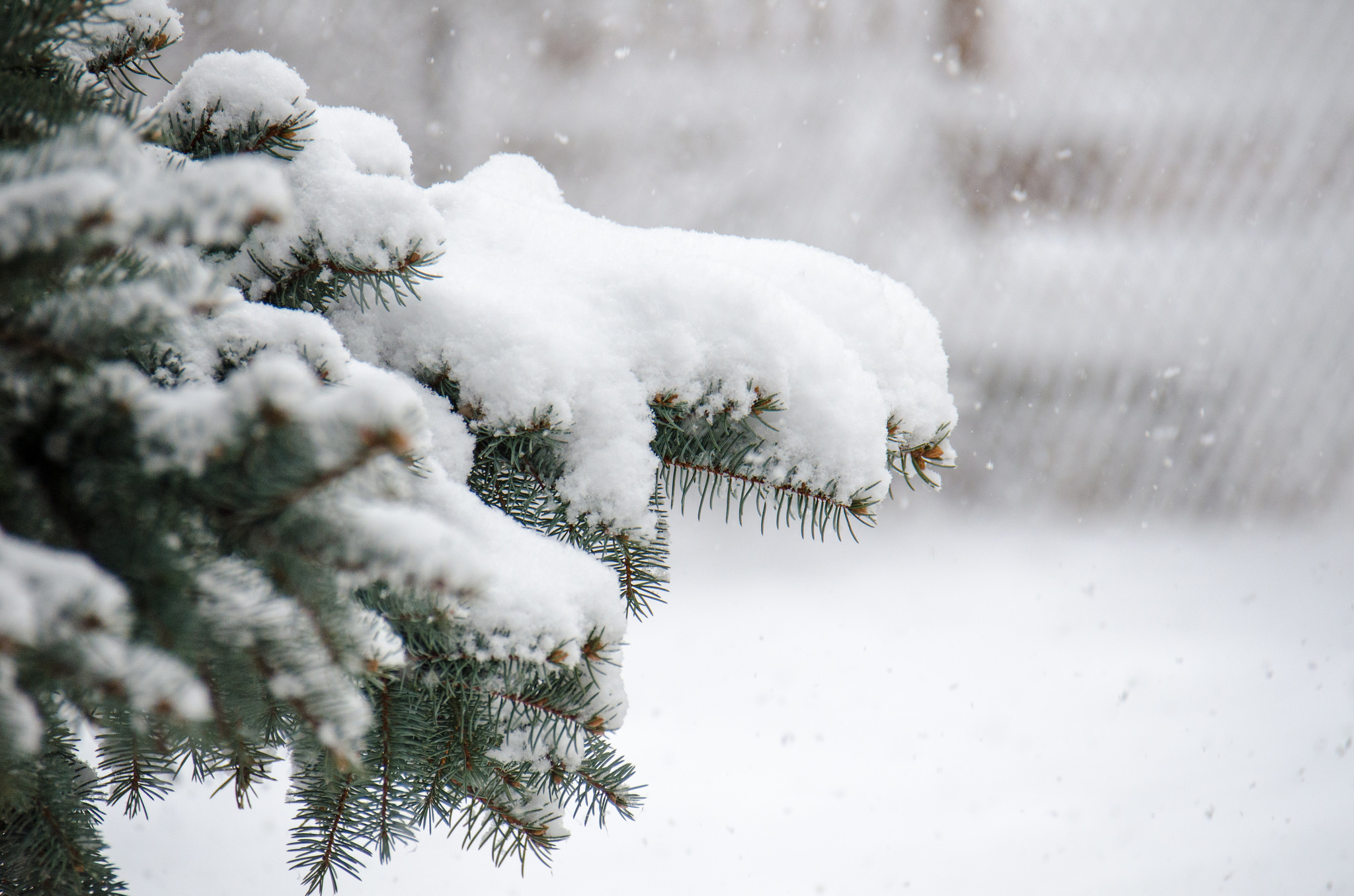Canada News
Quebecers still have vivid memories of 1998 ice storm

FILE: Throughout the inclement weather, the Hydro-Quebec line worker had begun each day counting how many utility poles had fallen the previous night. (Photo: m01229/ Flickr)
MONTREAL — The freezing drizzle had already been falling for four days when Normand Chaput left his home in St-Hyacinthe, Que., on Jan. 9, 1998.
Throughout the inclement weather, the Hydro-Quebec line worker had begun each day counting how many utility poles had fallen the previous night.
That morning, not a single one was still standing.
“There was nothing left,” Chaput said in a phone interview. “All the poles were down, everything was down.”
Even the metal towers that held up the grid had collapsed under the weight of 100 millimetres or so of freezing rain that left everything coated in ice.
“That was something unimaginable for linemen, to think that towers could just collapse like they were made of cards,” said Chaput.
Twenty years ago, nearly five million Canadians in southeastern Quebec, eastern Ontario and parts of the Maritimes were battered by three successive waves of freezing rain between Jan. 5 and 10.
The precipitation, which some dubbed “The Storm of The Century,” covered everything in a thick layer of ice and left some people without electricity for more than 30 days.
For weeks, Chaput and his work colleagues worked 16-hour days, first concentrating on clearing roads and removing downed conductors, and then on rebuilding the collapsed grid from scratch.
After more than a week of working in darkness, he recalls driving to Montreal to visit his family and being shocked by the brightness of city lights.
“All your refences are gone, your habits aren’t there and there’s nothing left that’s normal,” he said.
Tim Petch, an apple farmer from Hemmingford, Que., remembers waking up to the cannon-like boom of tree branches crashing onto frozen snow.
“It was a smash and shattering, just like glass going across a marble floor,” recalls Petch, now 54.
He said many of his trees lost up to 40 per cent of their branches, leaving a cleanup job that would last months.
Petch, who had no power in his home for 29 days, remembers huddling around a wood stove with his family and going out to check on the tractor-powered generator that was sent by the farmers’ union to keep his fruit stores from spoiling.
What he remembers most, however, is the way the tight-knit community near the U.S.-Canada border pulled together by amassing communal stores of firewood and supplies, bringing in generators and checking on neighbours.
“We all just pulled together,” he said.
Another person with vivid memories of the events of 20 years ago is Steve Flanagan, who made more than 300 media appearances as a spokesman for Hydro-Quebec at the time.
He said the utility’s approach was to speak as frankly as possible to a population increasingly worried about their homes, their families and their safety.
“The best we could do, in our view, was to say exactly what was happening on the ground, what we were capable of doing, and especially what we were not able to do that day,” he said in a phone interview.
Despite some difficult moments — including a nerve-racking time when there was only one power line feeding all of downtown Montreal — Flanagan credits the “exceptional leadership” of then-premier Lucien Bouchard and former Hydro-Quebec president Andre Caille for averting a much larger catastrophe.
Nevertheless, the storm was a disaster, causing about $3 billion in damage.
At least 30 deaths were attributed to the onslaught, and the Canadian military was called in to assist in the days that followed.
Many authorities say the response would be better if the storm were to happen today.
Hydro-Quebec says it took steps to reinforce the grid in the aftermath of the storm by strengthening facilities, improving its tree-trimming techniques control and adding new lines and paths to ensure multiple sources of power.
The Canadian Red Cross, which ran about 300 shelters and provided emergency aid during the storm, has also learned from the crisis, according to the organization’s director for governance.
Josee Payant, who was Quebec program director in 1998, said the organization has since signed specific agreements with various levels of government to manage emergency services and make sure responsibilities are defined.
Technology has also improved co-ordination efforts, she said, as has a national program to standardize training for volunteers.
“We are more prepared, but every disaster is different and has its own challenges,” she said.
Despite the improvements, she says not enough cities, companies and individuals are as ready as they should be.
Many municipalities, Payant notes, still don’t have detailed emergency plans, and most families don’t keep enough food, water and supplies on hand to get through 72 hours of crisis.
“We have to work with other partners to build a culture of civil safety,” she said. “I don’t think we’re there yet.”





















